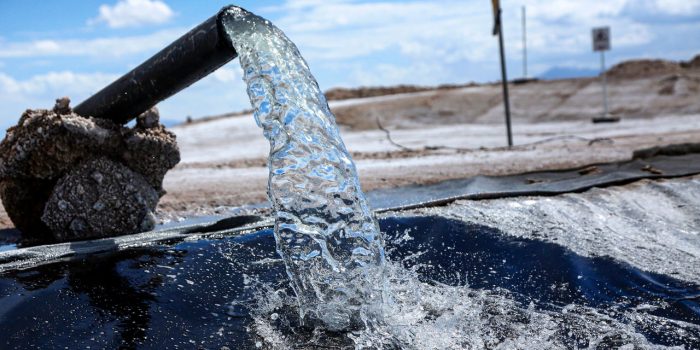Lithium is an extremely important component of batteries and batteries have become increasingly popular recently due to more electrical devices and electrical vehicles. The element already exists in a limited quantity and this increase in demand is steering it fast towards its shortage and extinction.
Researchers and scientists are working to extract lithium from contaminated water. This process study is published recently in the Proceedings of the National Academies of Sciences. The process involves extracting lithium from aqueous brines. This process will result in more availability of lithium with fewer costs for the raw material for electronics.

The research was conducted at the University of Texas at Austin and the University of California, Santa Barbara. The team designed membranes for the precise separation of lithium over other ions like sodium, that massively improved the efficiency of gathering the coveted element.
It is said that by using only a single week’s worth of water from hydraulic fracturing in Texas’s Eagle Ford Shale enough lithium is used for 300 electric vehicle batteries or 1.7 million smartphones. This shows how scalable this research is and how much potential it bears for the future.
Researchers made a unique polymer membrane that was created with the help of crown ethers. Basically, they are ligands with specific chemical functionality to bind certain ions. Crown ethers had not previously been applied or studied as integral parts of water treatment membranes, but they can target specific molecules in water which serves as the main ingredient for lithium extraction.

Through these membranes, lithium goes faster than sodium, which is a common contaminant in lithium-containing brines. Through computer modeling, the reason behind this behavior was found out. Sodium ions bind with the crown ethers, which makes them slow, while lithium ions remain unbound, enabling them to move more quickly through the polymer.
The research was supported as part of the Center for Materials for Water and Energy Systems, an Energy Frontier Research Center at UT Austin funded by the U.S. Department of Energy.


